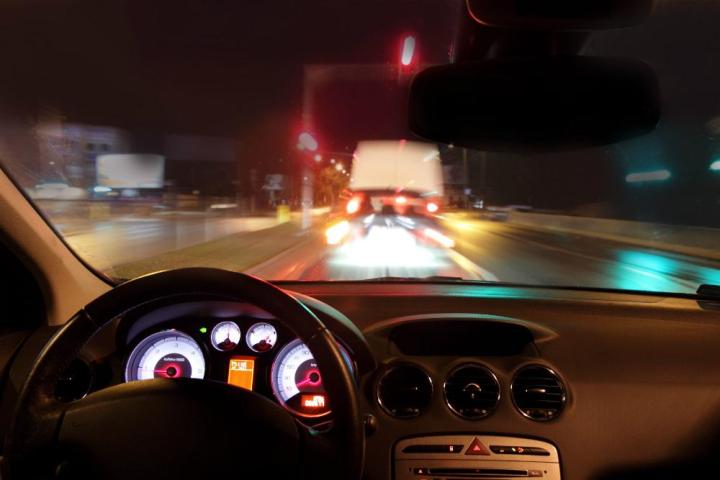
Moving steadily toward its goal, San Francisco-based Uber said Tuesday it’s partnered with the University of Arizona in Tuscon to work on optics technology to develop its self-driving car’s mapping system and safety features.
The move marks an expansion of its ambitious autonomous-vehicle project, coming six months after Uber announced a partnership with Carnegie Mellon University (CMU) to create the Uber Advanced Technologies Center in Pittsburgh. The facility is focusing on developing key long-term technologies “that advance Uber’s mission of bringing safe, reliable transportation to everyone, everywhere,” the company said at the time.
Arizona governor Doug Ducey said Tuesday that besides the development work, Uber will also donate $25,000 to the university’s College of Optical Sciences “to help the next generation of scientists, engineers and researchers continue to explore and develop new, innovative technology.”
Governor Ducey also green-lighted the testing and operation of self-driving vehicles in Arizona, so residents can expect at some point to see Uber cars – as well as others – tootling along the streets with a bunch of tech gear perched on the roof.
Uber’s self-driving car ambitions first came to light in 2014 when CEO Travis Kalanick said he could imagine a time where the ride-hailing service operated a fleet of such vehicles.
Commenting on the technology being developed by Google as well as a slew of established car companies, Kalanick said at the time that “this is the way the world is going….if Uber doesn’t go there, it’s not going to exist either way.”
Keen to calm its community of drivers possibly fearing they were on the verge of being replaced by a computer, the CEO added that Uber’s transition to driverless cars is likely to take many years.
Editors' Recommendations
- Tesla Autopilot vs. full self-driving: What’s the difference?
- Dubai Police to deploy driverless patrol cars with AI smarts
- Cruise autonomous vehicle drives over woman just after she was hit by another car
- Waymo taps the brakes on its autonomous-trucking project
- Volkswagen is launching its own self-driving car testing program in the U.S.


